AFUERAS
Expressly working with plastic, and thus theoretical dissolution of bodies, I try to interrupt the tranquillising process of identification with everything real, to which the way to understand time is unavoidably adhered. It’s presentation is altered to express the sense I find in the great extensions I photograph. The images are shown as an installation of simultaneous slide projections with no screen to hold them or copy paper to reproduce them. They contain their own form and structures; they exist for as long as their projection lasts.
INSTALLATION
Fixed slide projections in 1:1 scale. 35mm color slides. Variable measures and quantity of projectors.
The whole work was created and produced carrying a 35mm camera, many Ilford HP5 film, a tripod and two lanterns, on La Pampa, Mesopotamia and Patagonia regions of Argentina and part of the Uruguayan coasts.
The silver prints as well as the slides retakes, were made at my studio in the city of Buenos Aires.
The process was sweet and slow, and took from 2001 to 2008.


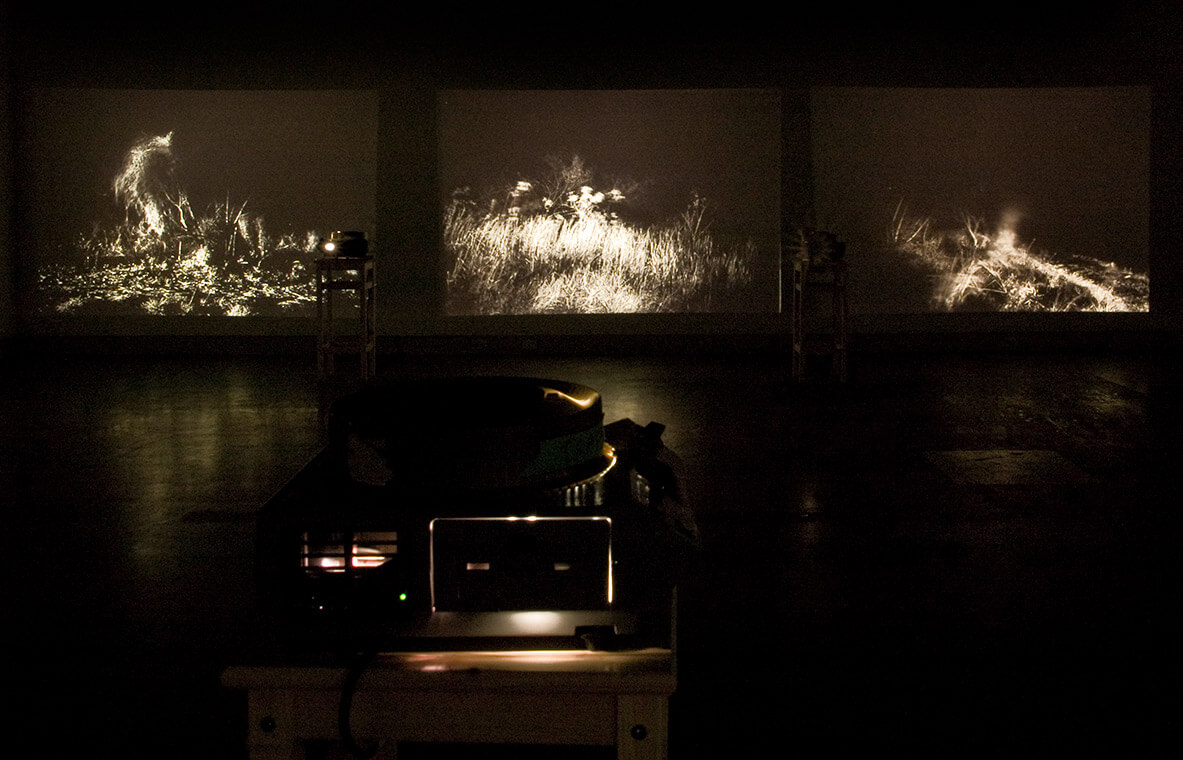
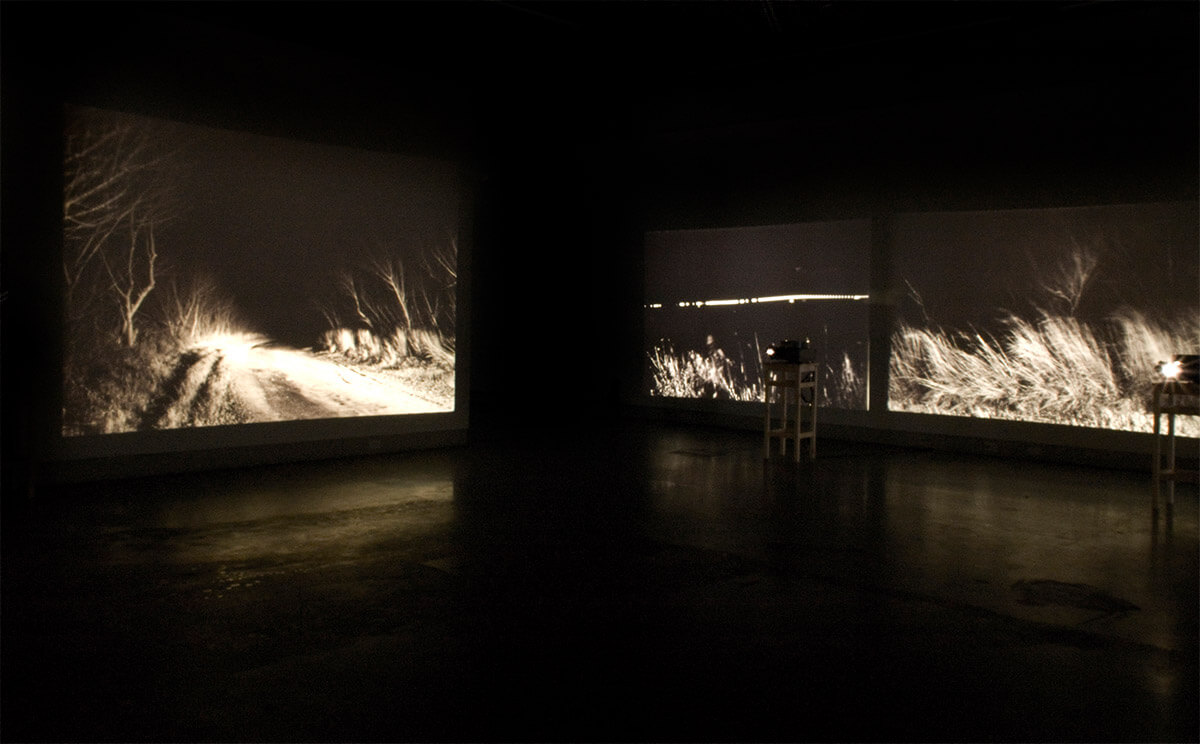
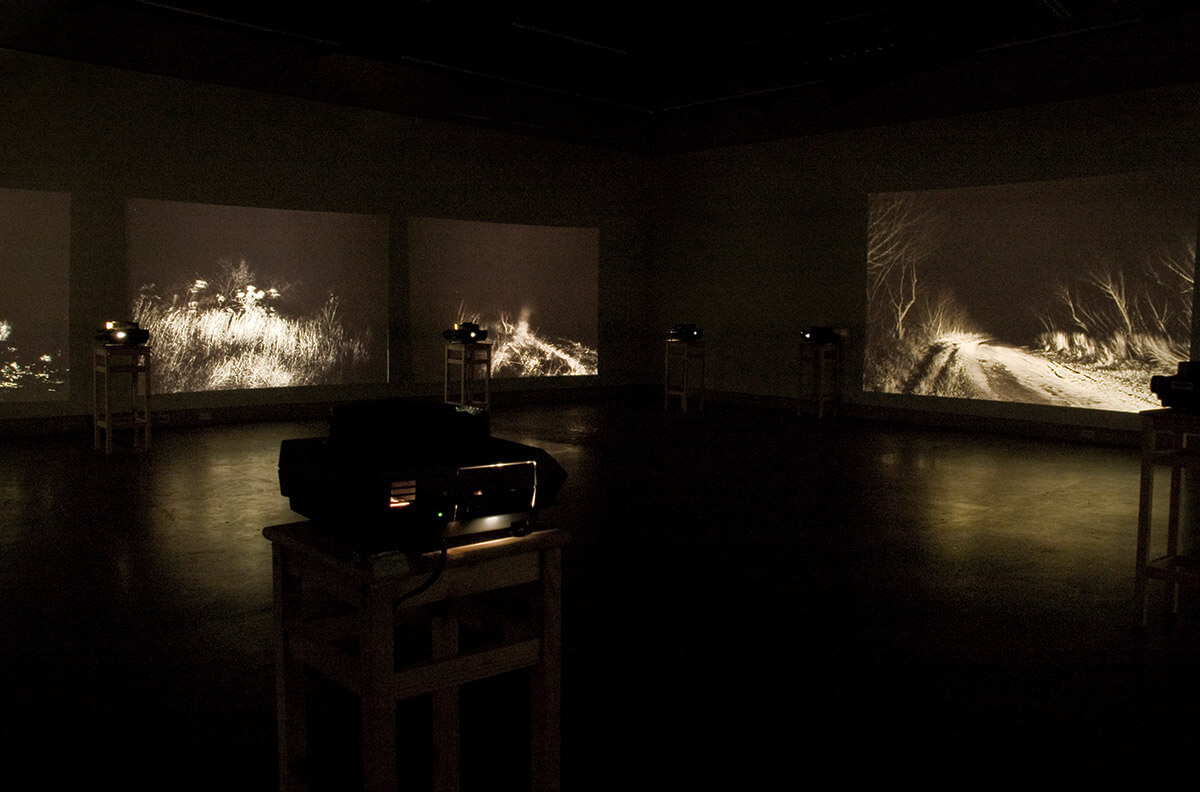
SILVER PRINT
The whole work was created and produced carrying a 35mm camera, many Ilford HP5 film, a tripod and two lanterns on La Pampa, Mesopotamia and Patagonia regions of Argentina, and part of the Uruguayan coasts. I developed the silver prints at home in the city of Buenos Aires. The process started in 2001.
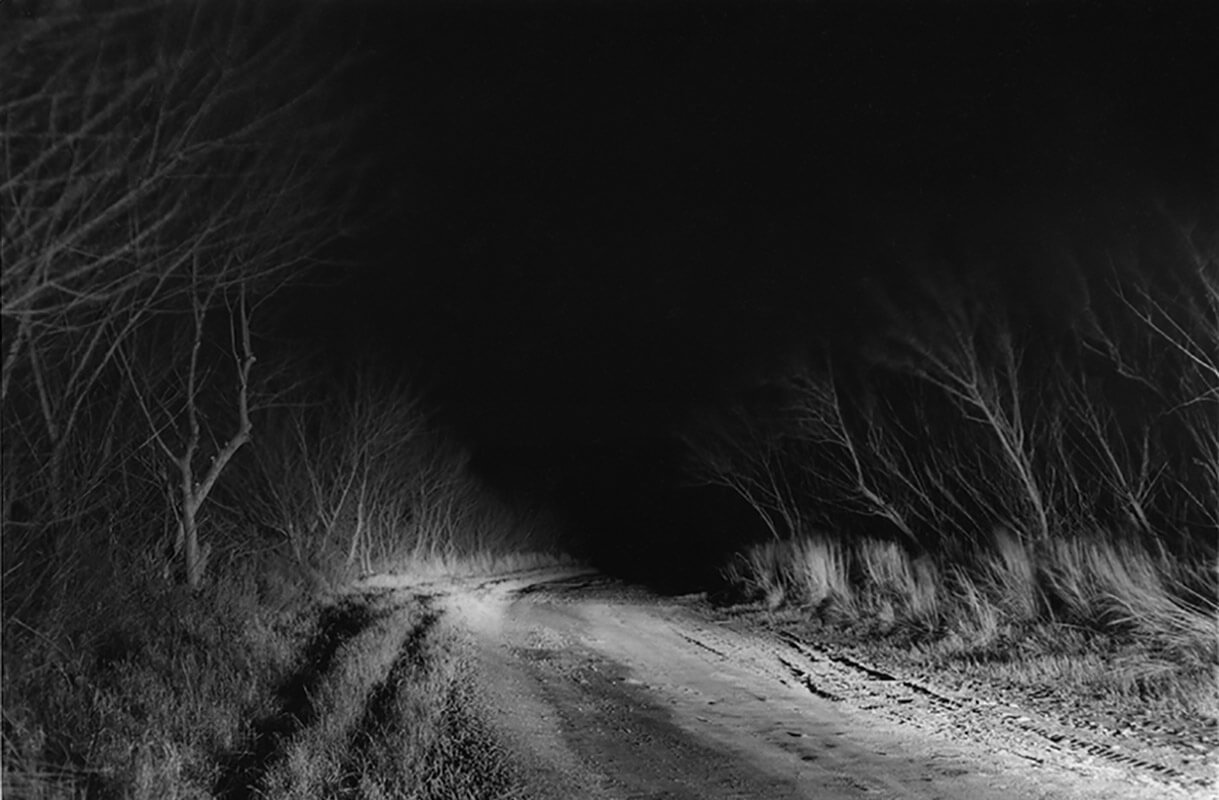
N10
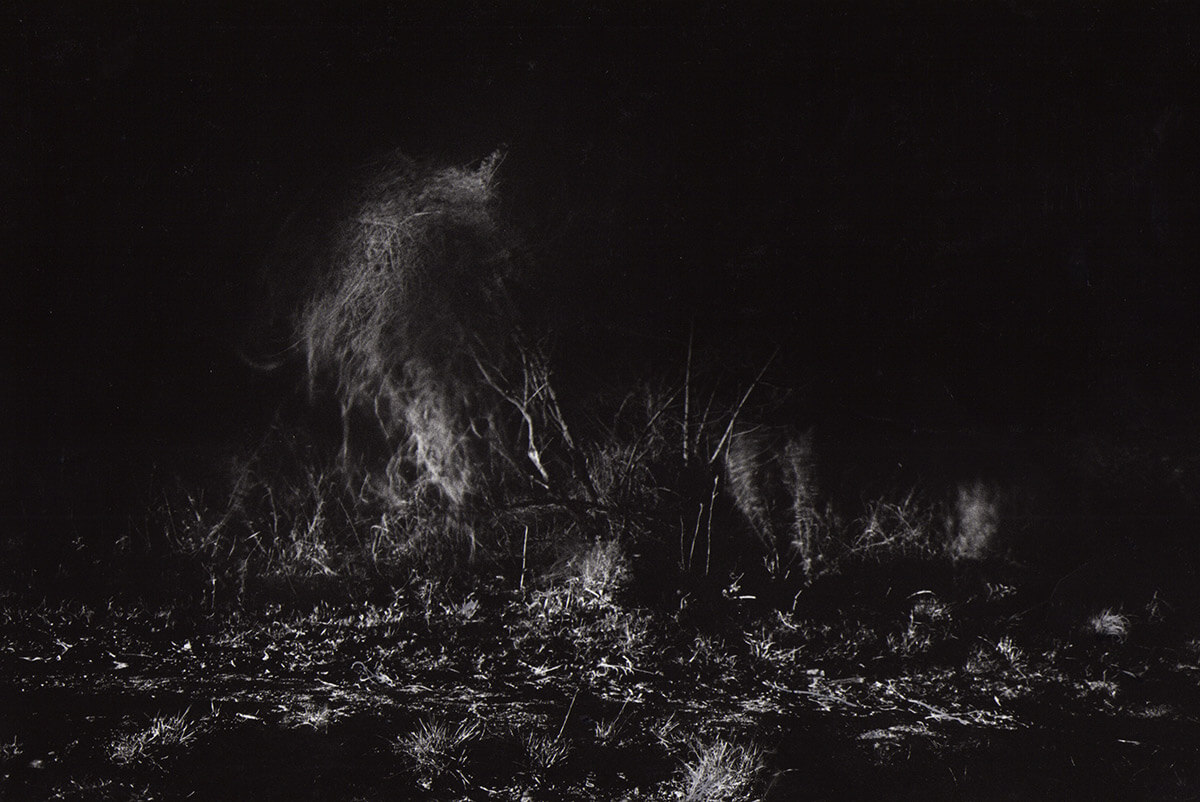
Y21
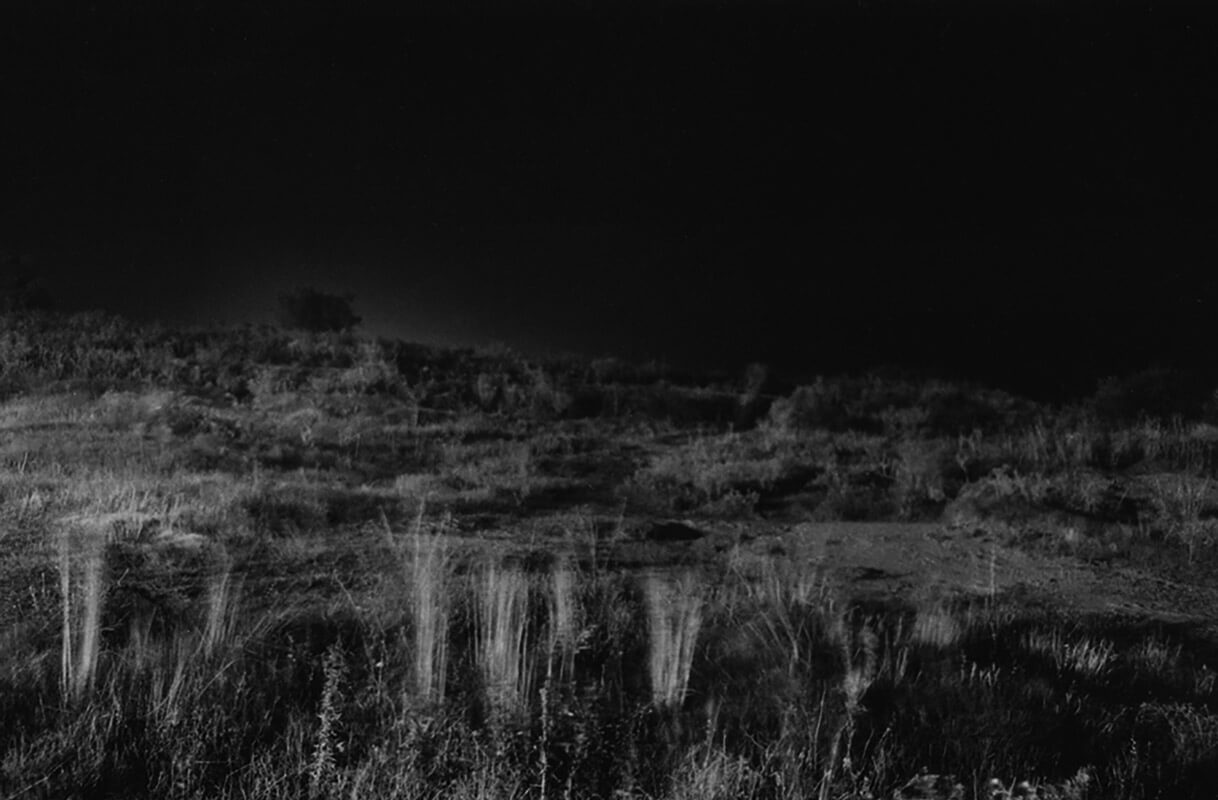
N9

Y19

Y31

N11
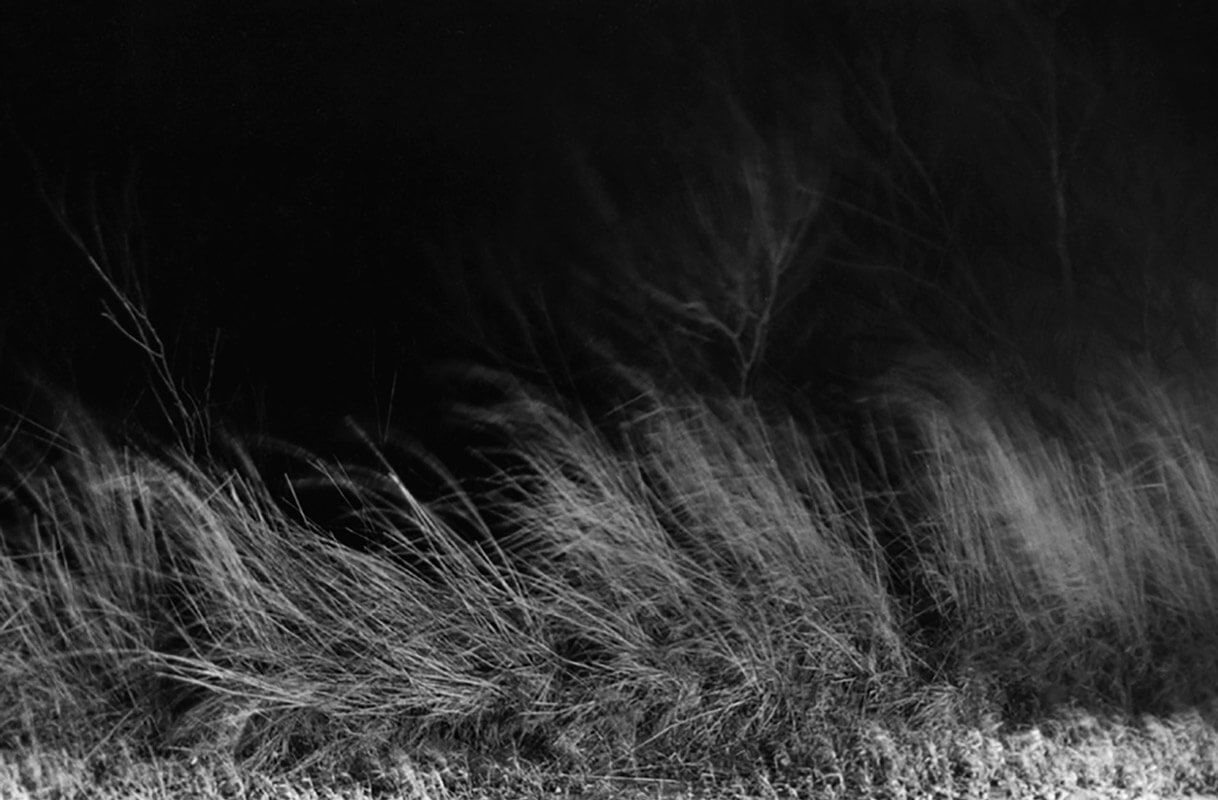
N14
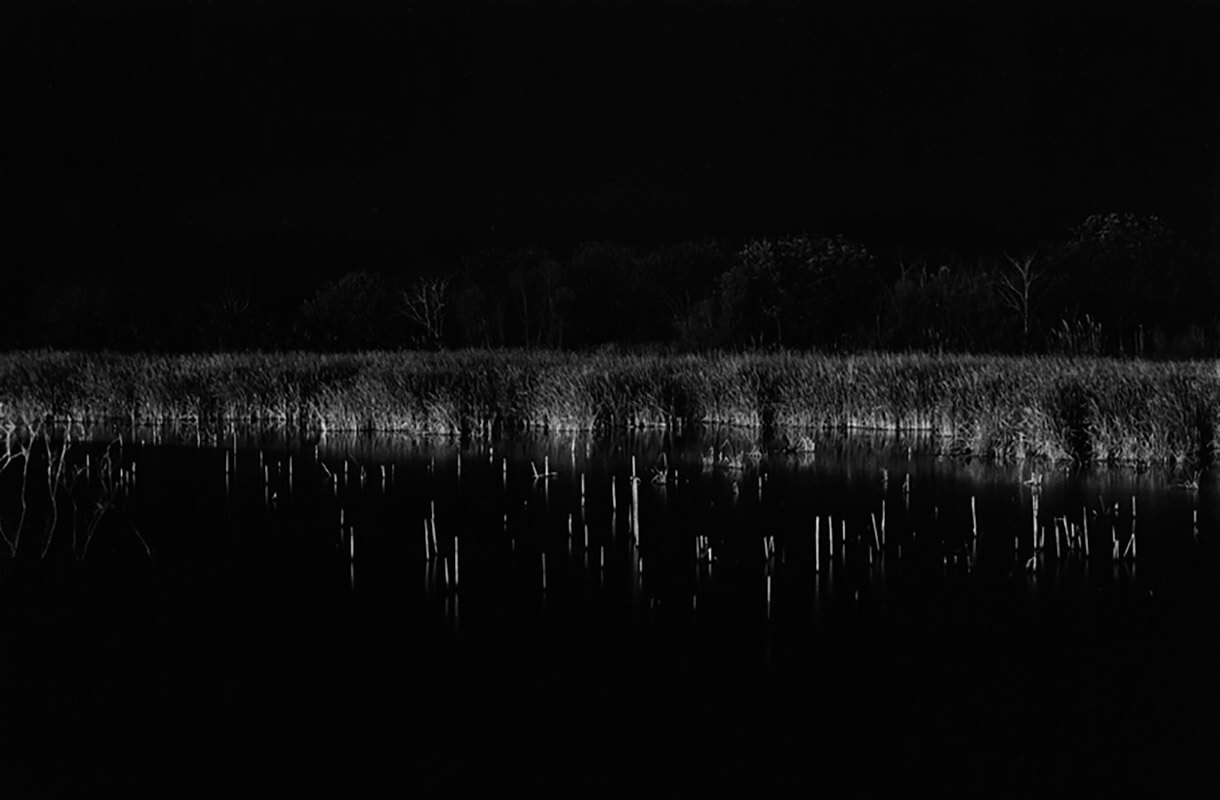
N16
Thoughts About The Pampas
by Florencio Noceti, July 2007
Afueras, a visual art exhibition by Rosana Simonassi, consists of a series of black and white photographs taken in the Argentine and Uruguayan Pampas. Each image is cast on the walls of a dark room by a fixed slide projector.
The techniques applied in the production of the photographs involve black and white film, long expositions, and analogue craftsmanship. All these things add up to the imprecision and the mistiness they seek to express. Any clear and distinct
representation of the Pampas would inevitably betray their nature. In fact it can even be said that the more defined and precise a depiction of those steppes gets, the more deceiving it becomes in portraying their essence and characteristics.
The final and, arguably, the most important aspect of Afueras is the blurred effect of the images. Turned into borderless slides and faintly cast over naked walls, with no confining screens or displays, the pictures end up being as bleary
and unbounded as the landscapes they reveal. Quivering in the tremulous beams of the old analogue projectors, they appear to teeter like the yuyos they contain. They last as long as the light that shines through them, and when the gallery
is closed and the power is turned down, the images simply vanish.